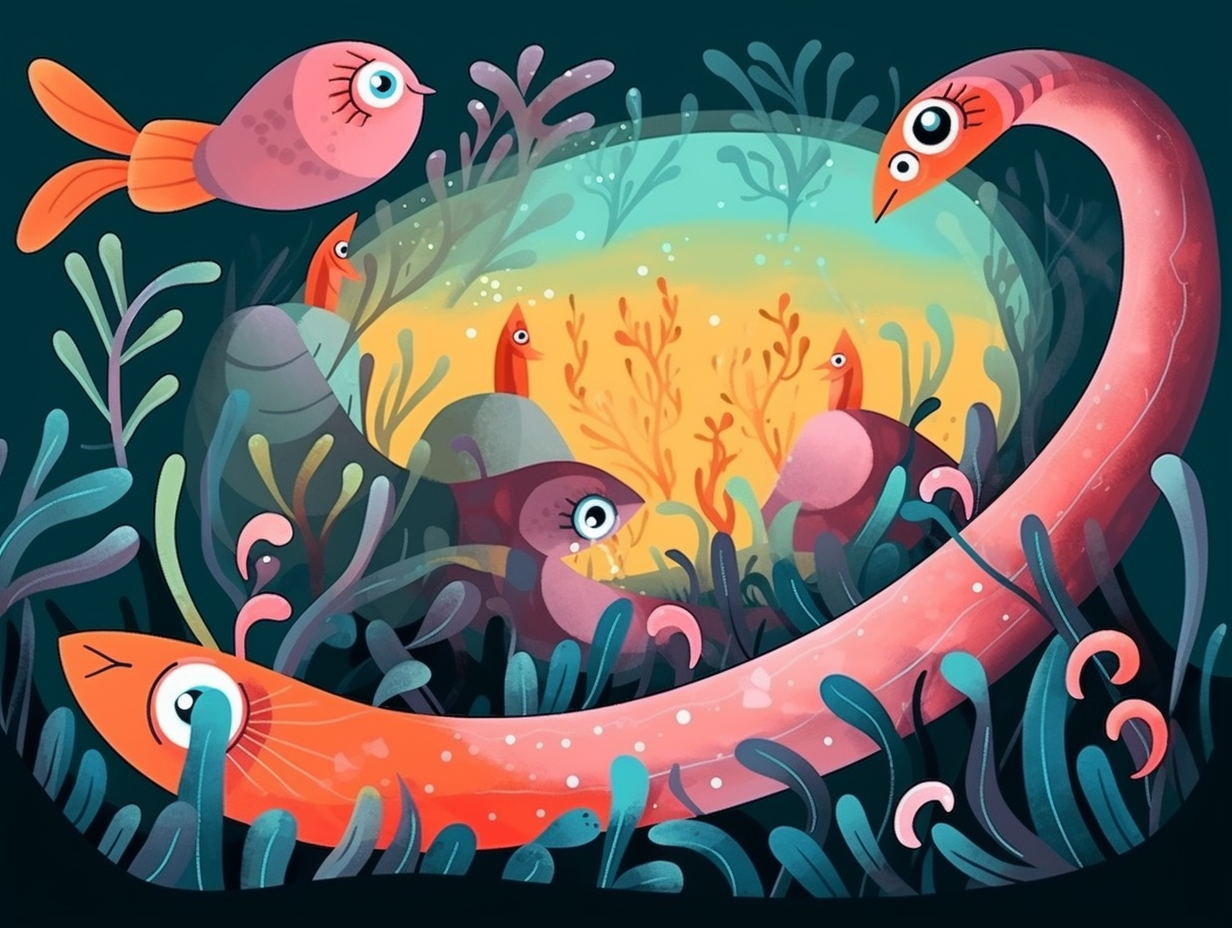Discover the Top 9 Unexpected and Entertaining Toothbrush Fun Facts You Never Knew!

1. Chinese Hogs: The Toothbrush Pioneers
Next time you're hogging the bathroom to brush those pearly whites, you might want to thank some Chinese hogs from way back for bristling your way to better oral hygiene: As it turns out, the first ever toothbrush with bristles attached to a handle was invented in 1498 in China, with coarse hog hair bristles fastened to bone or bamboo handles, light years away from the chew sticks used by ancient civilizations dating as far back as 3000 BC – and it took us until 1938 for Dupont de Nemours to realize that nylon bristles were the better option.
Source => loc.gov
2. Napoleon's Fancy Toothbrush
Ready for a "brush" with history? During the time when empires were built and wars were fought, maintaining one's dental hygiene was serious business, even for conquerors like Napoleon Bonaparte: Napoleon's toothbrush featured a stylish silver gilt handle with horsehair bristles, toothpaste fueled with opium, and his monogram "N" on the handle to remind everyone — even plaque — who was boss.
Source => wellcomecollection.org

Did you know zebra mussels have a stylish yet troublesome history? Discover how these black-and-white striped creatures became invasive fashionistas in North America's aquatic world! 🦓💧
=> Fun Facts about Zebra-Mussels
3. Pearly Whites Meet Hog Hair
Once upon a time, pearly whites and hog hair crossed paths: the earliest toothbrushes were crafted using bristles from Siberian hogs or horse hair, dating back to China's Tang Dynasty (619-907 AD). Europeans embraced this oral hygiene sensation in the 16th or 17th century before nylon bristles took the toothbrush world by storm in the early 1900s, paving the way for the quirky, innovative toothbrush designs of today.
Source => southogdensmiles.com
4. Toothbrush Revolution: Nylon Bristles
When the toothbrush replaced the tooth-rodeo and swept the nation off their feet – quite literally: the tooth-cleansing game changed forever in 1938 when Du Pont busted out the nylon bristles, giving us softer, more hygienic bristles that were the brushing bee's knees!
Source => smileconcepts.co.uk

5. Bacon-Adjacent Bristles
Before you "squeal" in delight over the thought of brushing with bacon-flavoured toothpaste: The very first bristle-type toothbrush was invented during the Tang Dynasty, made from animal bone and hog hair bristles straight from the neck of the pig, later replaced by Europeans with softer horse hair bristles.
Source => fosoo.com
6. Don't Share the Plaque Attack
Toothbrushes are like passwords: ya really shouldn't share 'em! Turns out, being a hygiene hero and offering your toothbrush to a friend is not only frowned upon but can turn your mouth into a bacteria battleground: Dental professionals strongly advise using your own toothbrush, as sharing them exposes you to a hefty dose of viruses like hepatitis B and HIV, as well as oral infections.
Source => dentalhealth.org
7. Miracle Tuft's Toothbrush Evolution
Before pantyhose strutted onto the scene, toothbrushes were already rocking synthetic fibers: In February 1938, Du Pont introduced the first nylon toothbrush called “Doctor West’s Miracle Tuft Toothbrush”. Initially unpopular due to hard bristles that left gums bloody, softer nylon soon swept in and led to a toothbrushing revolution.
Source => k-online.com
8. War-Time Plastic Toothbrushes
Before there was a "plastic takeover" in supermarkets, there was a "plastic invasion" at war: During World War II, soldiers were issued plastic toothbrushes in their dental hygiene kits, contributing to the popularity of plastic toothbrushes and emphasizing the military's focus on dental health for recruits since WW1.
Source => nupliving.com
9. Ancient Toothpaste: Hooves & Eggshells
Once upon a grind, where eggshells and hooves were the stars of oral care: Ancient Greeks and Romans used toothpaste recipes that included odd ingredients like ground up ox hooves' ashes, burnt eggshells, and even crushed bones and oyster shells.
Source => colgate.com
Related Fun Facts




















